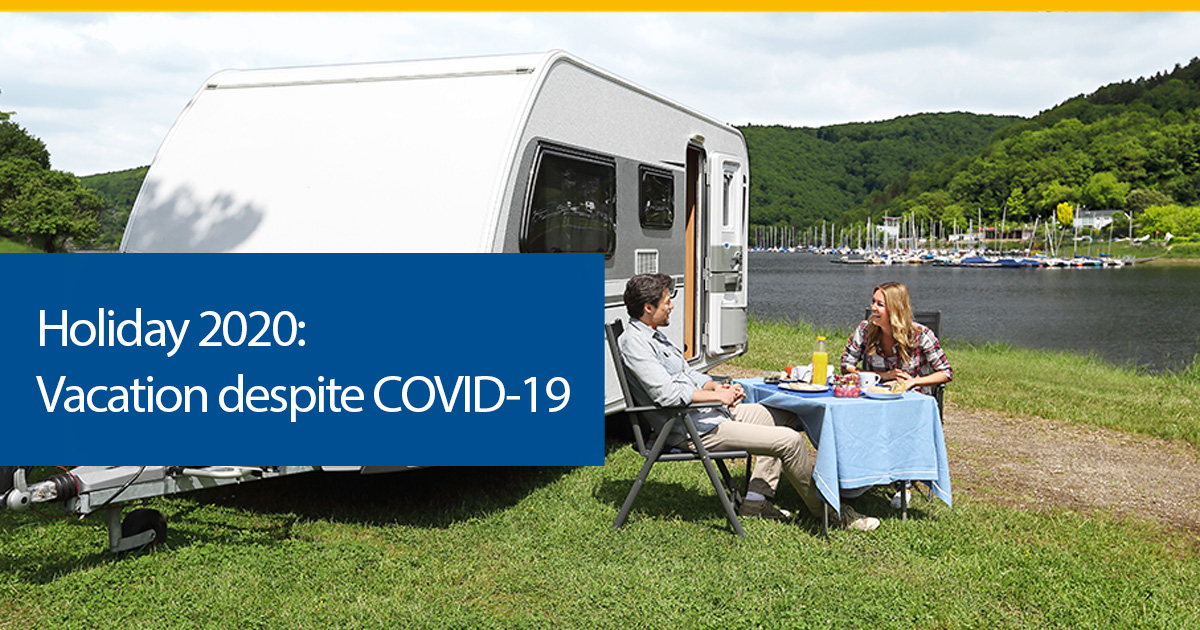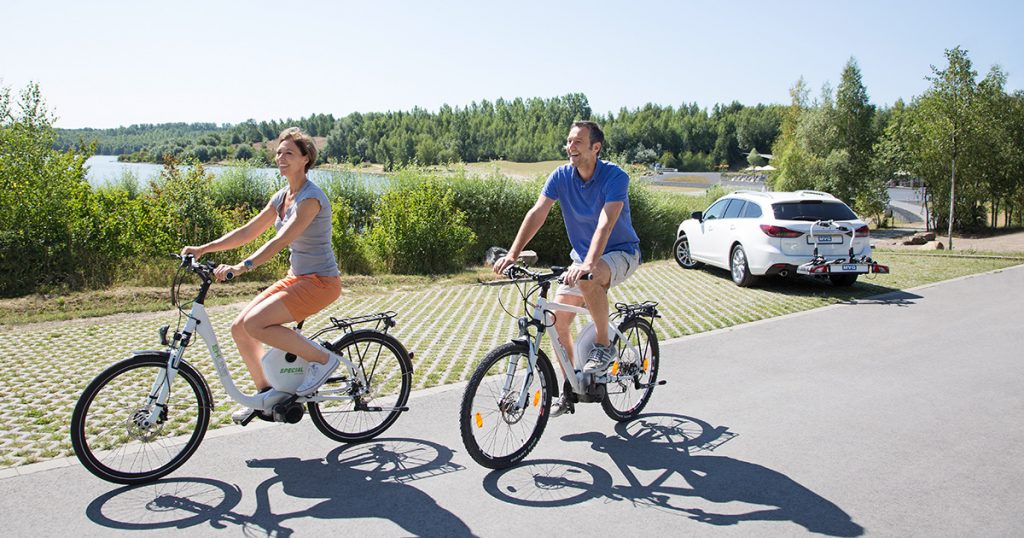Different trailer types for the trailer drive

Each trailer type has a specific purpose and has special specifications. At the same time, not all trailer types are compatible with a trailer coupling, such as a semi-trailer. So that you can still keep track of the different types, we have put together the three most common trailer types for you. As a rule, a distinction based on the design is used for the various trailer types.
What actually defines a trailer?
A trailer is defined as a vehicle that has a loading area but no drive of its own and is connected to a towing vehicle using a drawbar. A distinction is made between the following three basic designs: rigid drawbar trailer, articulated drawbar trailer and semitrailer.
The rigid drawbar trailer
A rigid drawbar trailer is always used when the connection between the towing vehicle and the trailer, i.e. the drawbar, is rigid. This type of construction is the most common, most of the trailers in daily use follow this type of construction. Trailers of this type usually have one or two axles. The axles are also rigid and not steerable.
Rigid drawbar trailers up to 750 kg are so-called “light” trailers and can be used without their own brake. If the trailer is heavier then overrun brakes are required on the trailer. If the total permissible total weight is over 3.5 tons, a continuous breaking system must be installed. For most of the above mentioned scenarios trailers which are rigid drawbar trailers are used.
The articulated drawbar trailer
The articulated drawbar trailer differs from the rigid drawbar trailer due to its two or more steerable axles. This steering is mostly based on a turntable steering, a so-called king pin is installed as a central joint and enables the trailer to pivot. As a rule, such trailers are not used on most cars. Instead, they are increasingly being used with trucks or tractors, since as a two-axle vehicle they can weigh up to 20 tons in total. With a three-axle vehicle the total weight is already 24 tons.
The semitrailer
Most people will know this trailer as an artculated lorry. The semi-trailer has no drawbar and is not one of the classic trailers for cars. It is usually used on trucks, and the special connection construction between the semi-trailer and ist traction engine enables it to be moved in all directions.
Read more about driving a trailer in our blog post.




 If you have retrofitted a detachable towbar from us to your car, then you have decided on a product that, if possible, does not interfere with the look of your vehicle and can also be operated easily and easily. Nevertheless, we would like to explain a few steps to you once, in the video we introduce you to everything you need to know about the detachable towbar in the MVG system 2040.
If you have retrofitted a detachable towbar from us to your car, then you have decided on a product that, if possible, does not interfere with the look of your vehicle and can also be operated easily and easily. Nevertheless, we would like to explain a few steps to you once, in the video we introduce you to everything you need to know about the detachable towbar in the MVG system 2040.


 COVID-19 has put an end to many planned vacations this year. According to the latest decisions, some trips are now possible again within the EU. Holidays within Germany are thus comparatively inelaborate. This is exactly the right time to rethink the vacation and travel in 2020 and maybe make plans yourself. We have put together a few suggestions for you.
COVID-19 has put an end to many planned vacations this year. According to the latest decisions, some trips are now possible again within the EU. Holidays within Germany are thus comparatively inelaborate. This is exactly the right time to rethink the vacation and travel in 2020 and maybe make plans yourself. We have put together a few suggestions for you.
